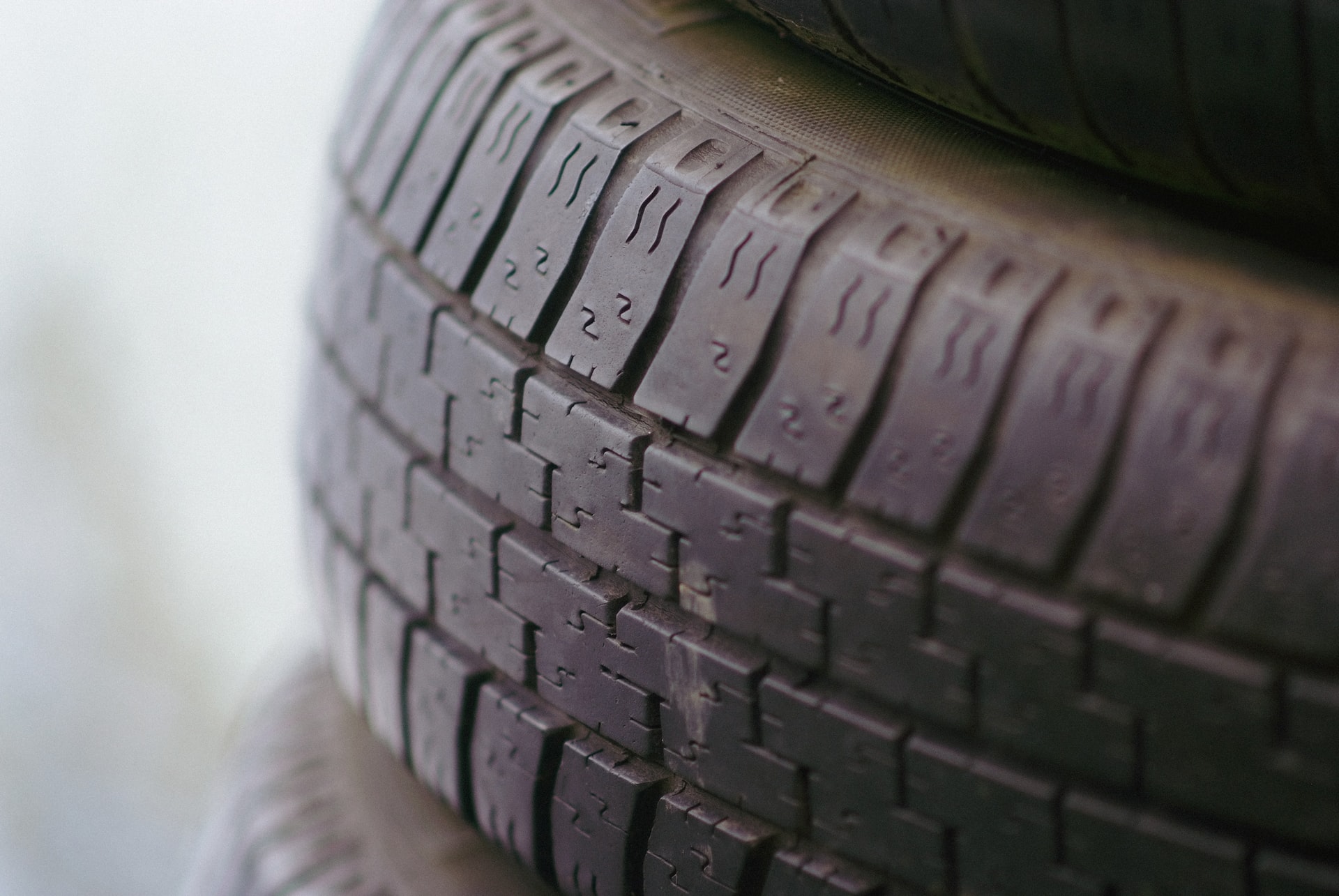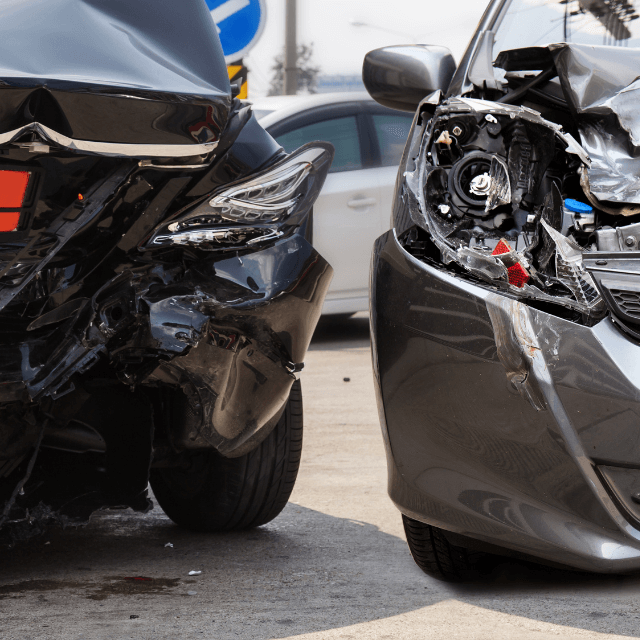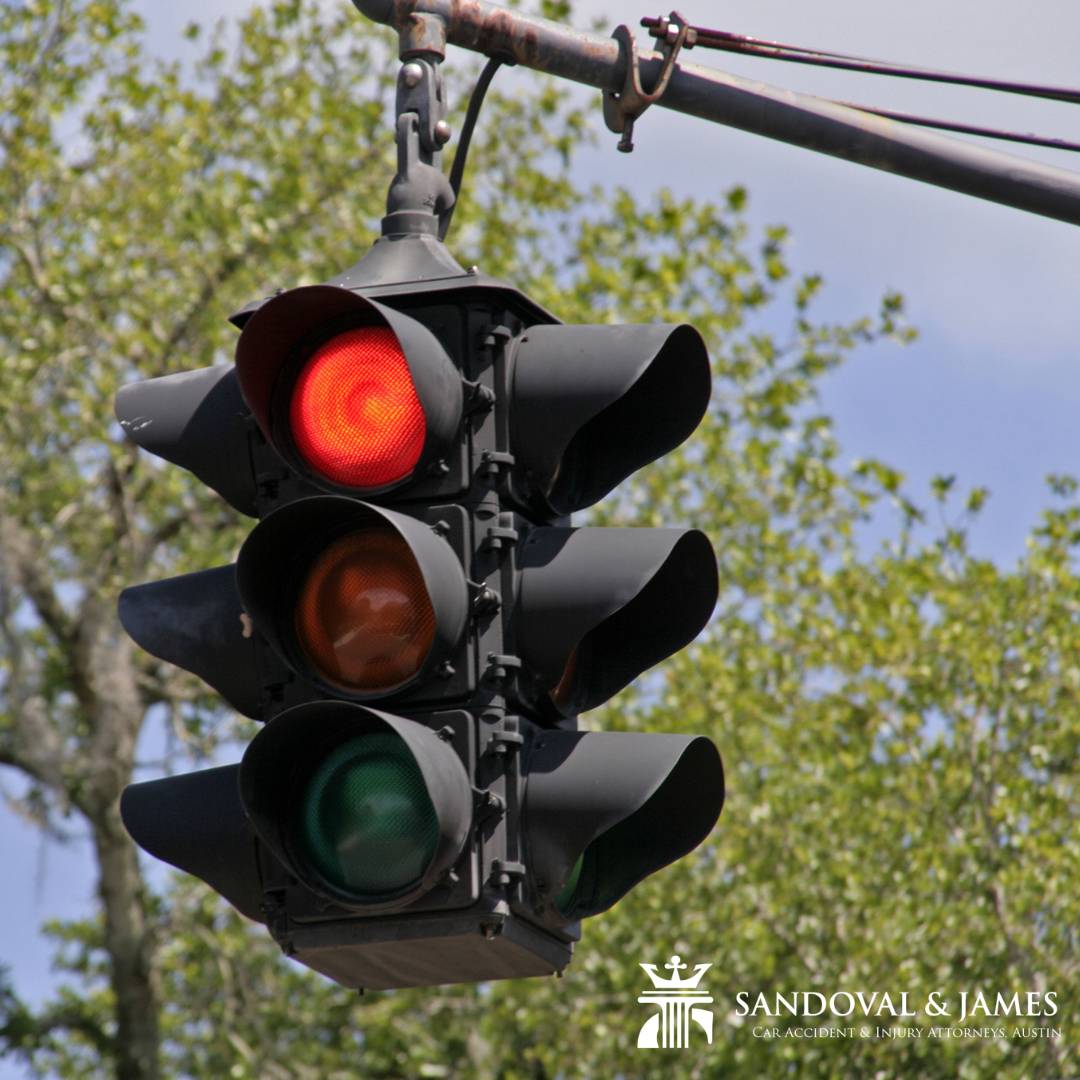Cyclists can be found pedaling along roadways all across the state of Texas. There is room for both bicyclists and motorists on the road as long as everyone follows regulations laid out in the Texas Transportation Code statutes. To best avoid becoming a victim of a bicycle accident, drivers and riders should know and follow all bike laws in Texas.
Bicycle Roadway Laws
When a cyclist is on the road, drivers and riders should be aware of several traffic laws. All of these laws are designed to keep the flow of traffic moving smoothly while ensuring rider and driver safety. Roadway bike laws in Texas include:
Bicyclists’ Rights and Duties
While on Texas roadways, all bicyclists have the same rights and duties as motorists do. That means bicyclists must stop at all stop signs and follow traffic lights, while cars operating near bicycle riders must yield to cyclists when appropriate. (551.101)
Riding Position
Cyclists are supposed to ride as close to the curb as possible and travel in the same direction as car traffic. While “close to the curb” can mean varying distances, the recommendation is to leave about three feet between motorists and cyclists. The law specifically states, however, that a cyclist has the right of way in a lane when necessary. (551.103)
Signaling
All bicyclists must use hand and arm signals to alert motorists of their intentions and where they are traveling. (545.107)

Bicycle Rider Laws
The law also specifies how cyclists can safely ride or operate their bicycles. Rider-specific bike laws in Texas break down as follows:
Rider Limit
While riding on Texas roadways, only one rider is permitted per saddle. Two riders may operate a bike if it is a tandem-style bike and each rider has their own saddle. Riding on handlebars or other parts of the bike is not permitted. (551.102a)
Riding Position
Unless a designated race is approved by the city where traffic is being directed, cyclists cannot impede traffic in any way. According to the law, cyclists can ride two abreast as long as it doesn’t affect traffic flow. (551.103c)
Bicycle Equipment Laws
Laws dictate what equipment must be present while operating on roadways. Safe riding equipment can also prevent collisions or unwanted consequences. Equipment-related bike laws in Texas include the following:
Reflector Laws
All bikes operating on Texas roadways are required to have a light on the front of the bike as well as either a red reflector or light on the backside. These requirements allow motorists to quickly identify cyclists, particularly at night and in the early morning. Lights are beneficial as drivers can see bikes when approaching from the side instead of requiring a headlight to shine on the reflectors. (551.104b)
Brakes
Brakes that can make skid marks are not to be tested while on a road, particularly while traveling downhill. (551.104a)

What to Do if You’ve Been a Victim in a Bicycle Accident
Despite Texas’ bike safety laws, accidents involving cyclists are still common. Unfortunately, in the vast majority of bicycle accidents on Texas roadways involving both a cyclist and a vehicle, the cyclist is severely injured. If you were hit by a car or truck while on a bicycle, enlisting the help of an experienced bicycle accident attorney can help you get the assistance you and ensure you obtain the appropriate compensation. Our attorneys at Sandoval & James have handled many of these types of claims and are well versed in bike laws in Texas. Of course, you may have questions before deciding to hire an attorney. Our team is happy to discuss your potential case, completely free of charge. Feel free to contact us today.





